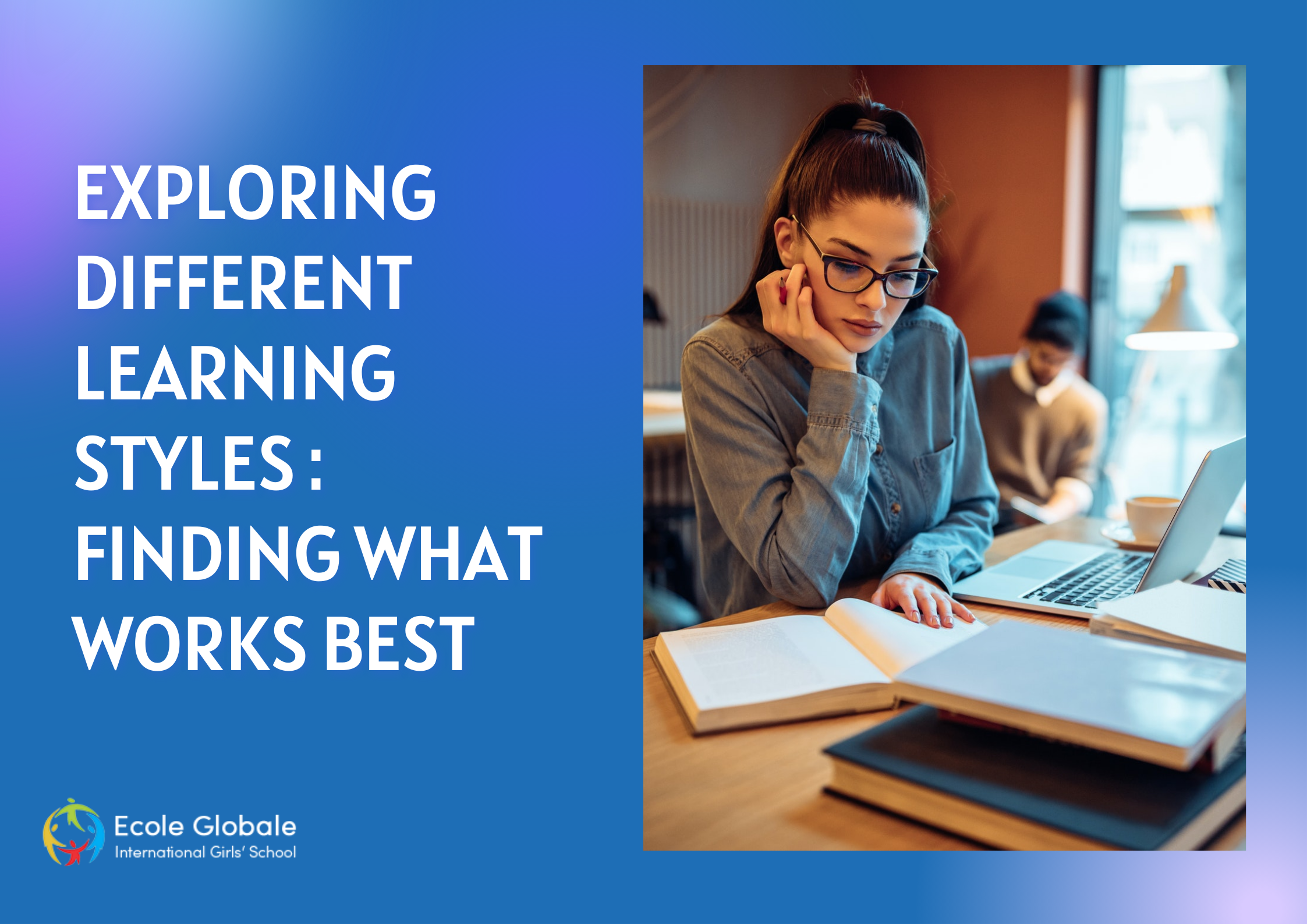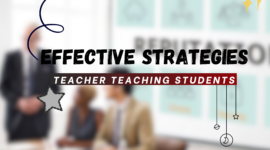In the fast-paced and diverse landscape of education, understanding individual learning styles has become a crucial aspect of optimizing the learning experience.
Exploring different Learning styles refer to the unique ways individuals process, internalize, and retain information. This introduction aims to define learning styles, highlight their significance, and establish the purpose of exploring the various styles to tailor an effective learning approach.
Types of Learning Styles

Visual Learners
Visual learners process information most effectively through visual aids, such as charts, graphs, and images. This section will delve into the characteristics of visual learners, outlining their preferred effective learning methods and providing examples of techniques that cater to their visual inclinations.
Auditory Learners
Auditory learners thrive on information presented through sound. This section will explore the characteristics of auditory learners, detail their preferred learning methods, and offer examples of auditory learning techniques, such as lectures, discussions, and podcasts.
Kinesthetic/Tactile Learners
Kinesthetic or tactile learners grasp concepts better through hands-on experiences and physical activities. This section will elaborate on the characteristics of kinesthetic/tactile learners, present their preferred learning methods, and provide examples of activities that engage their sense of touch and movement.
Read/Write Learners
Read/write learners excel in traditional textual learning environments. This section will outline the characteristics of read/write learners, explain their preferred learning methods, and offer examples of techniques like note-taking, reading, and writing assignments that align with their strengths.
Assessing Your Learning Style

Self-reflection
Engaging in self-reflection is an essential step in identifying one’s learning style. This section will provide guiding questions to aid individuals in understanding how they naturally approach learning and recognize their unique strengths and weaknesses by exploring different learning styles.
Learning Style Inventories
Learning style assessments, such as the VARK questionnaire, play a vital role in objectively identifying one’s predominant learning style. This section will give an overview of popular assessments, guide readers on how to interpret the results, and discuss the benefits of self-awareness in the learning process by exploring different learning styles.
Benefits of Knowing Your Learning Style

Improved Academic Performance
Understanding and leveraging one’s learning style can significantly enhance academic performance. This section will explore how aligning study methods with personal learning preferences can lead to better comprehension, retention, and application of knowledge by exploring different learning styles.
Enhanced Retention and Understanding
The relationship between learning style and information retention is crucial. This section will delve into how adapting learning techniques to one’s style can lead to deeper understanding and improved memory recall.
Efficient Study Habits
Developing efficient study habits is a direct outcome of aligning by exploring different learning styles with study methods. This section will provide practical tips on how to create study routines that cater to individual preferences, resulting in more effective and enjoyable learning experiences.
Challenges and Adaptations
Adapting Learning Strategies to Different Environments
Each learning style comes with its set of challenges, especially when faced with varying educational environments. This section will explore how individuals can adapt their learning strategies to succeed in different settings, such as classrooms, online courses, or self-directed study.
Overcoming Challenges Associated with Specific Learning Styles
exploring different learning styles may encounter specific challenges. This section will address common obstacles faced by visual, auditory, kinesthetic/tactile, and read/write learners, providing strategies to overcome these challenges and thrive in diverse learning contexts.
Practical Tips for Different Learning Styles

Study Techniques for Visual Learners
This section will offer detailed study techniques tailored to visual learners, including the use of mind maps, infographics, and visual mnemonics to enhance comprehension and information retention.
Strategies for Auditory Learners
Auditory learners will benefit from strategies like recording and listening to lectures, participating in group discussions, and utilizing educational podcasts. This section will provide practical advice on incorporating these strategies into their study routine.
Kinesthetic/Tactile Learning Activities
Kinesthetic/tactile learners thrive on movement and touch. This section will present activities such as role-playing, hands-on experiments, and interactive simulations to engage kinesthetic learners and make the learning experience more dynamic.
Approaches for Read/Write Learners
Read/write learners can optimize their study routine by focusing on activities like note-taking, summarizing information in written form, and engaging in written discussions. This section will delve into how these approaches cater to the strengths of read/write learners.
Case Studies
Real-life Examples of Individuals Discovering and Adapting to Their Learning Styles
This section will showcase personal stories of individuals who have successfully identified and adapted to their learning styles. These case studies will highlight the challenges faced, the strategies employed, and the positive outcomes achieved through a personalized approach to learning.
Success Stories and Lessons Learned
Success stories will be analyzed to extract valuable lessons and insights. This section will emphasize the importance of continuous self-discovery and adaptation to ensure sustained academic and personal growth.
Creating a Personalized Learning Plan
Combining Multiple Learning Styles
Recognizing that individuals may exhibit a combination of exploring different learning styles, this section will guide readers on how to create a personalized learning plan that incorporates elements from multiple styles for a holistic and effective approach.
Customizing Study Routines
Tailoring study routines to align with personal learning styles is essential for success. This section will provide practical tips on customizing study schedules, selecting appropriate learning resources, and creating an environment conducive to individual preferences.
Setting Achievable Goals
Setting realistic and achievable goals is a critical aspect of a personalized learning plan. This section will outline the process of defining short-term and long-term goals based on individual and exploring different learning styles, fostering a sense of purpose and motivation.
Conclusion
Recap of the Importance of Understanding Learning Styles
The conclusion will revisit the key points discussed throughout the exploring different learning styles. Emphasis will be placed on the significance of self-awareness and the continuous journey of adapting learning approaches to individual needs.
Encouragement for Ongoing Exploration and Adaptation
The conclusion will conclude with a message encouraging readers to embrace their unique learning styles, remain open to exploring different learning styles and adaptation, and continuously seek ways to optimize their learning experiences for lifelong success.












